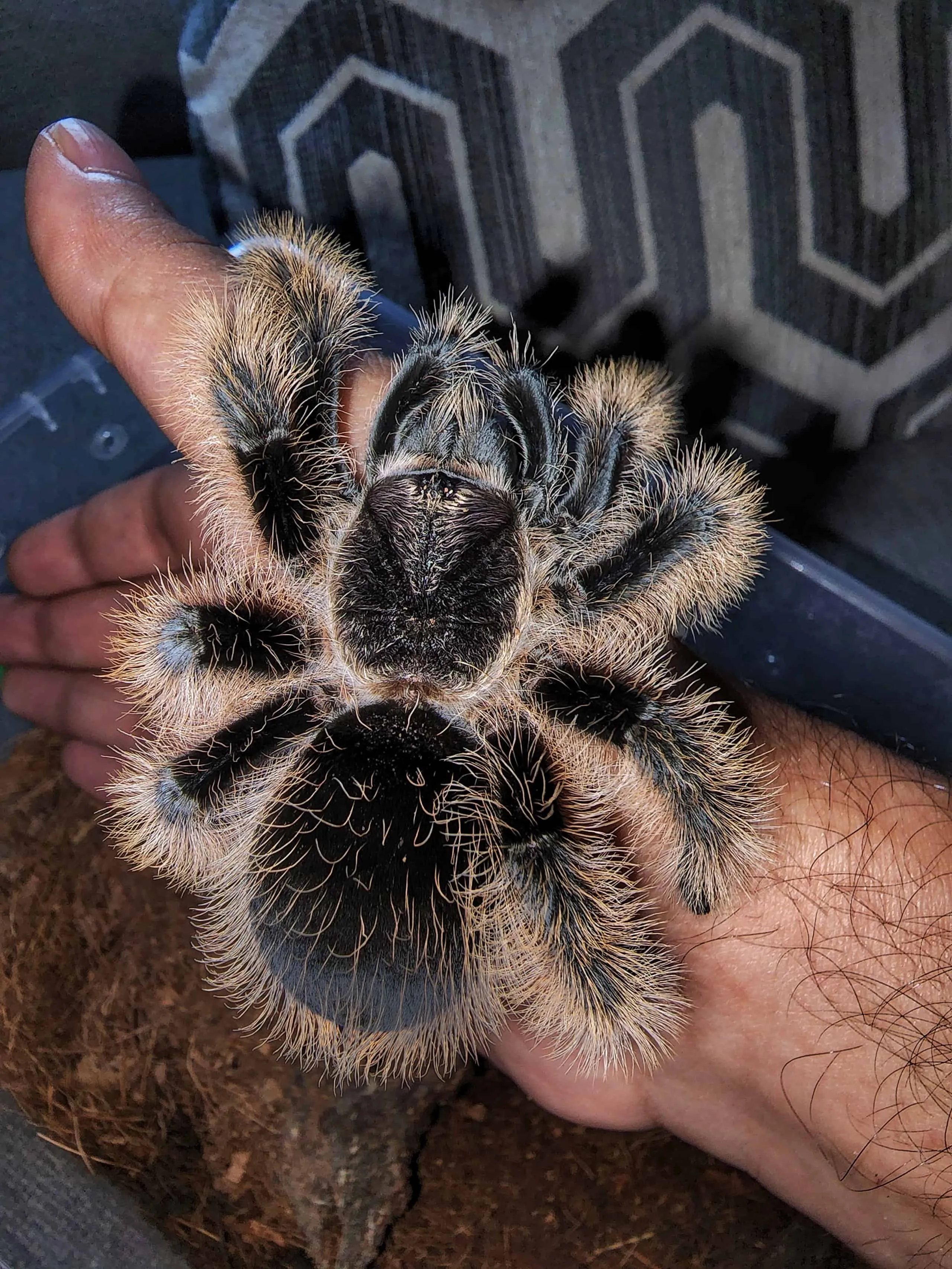Curly Hair Tarantula Habitat Overview
Creating the perfect home for your curly hair tarantula is crucial for its health and well-being. These fascinating creatures, native to the tropical dry forests of Costa Rica, require specific environmental conditions to thrive. This guide will walk you through the essential elements of a healthy habitat, helping you provide a comfortable and stimulating environment for your eight-legged friend. Understanding their needs and replicating their natural environment is key to ensuring your tarantula lives a long and happy life. This isn’t just about housing; it’s about creating a little slice of Costa Rican paradise right in your home.
Natural Habitat and Lifestyle
In the wild, curly hair tarantulas, also known as Tliltocatl albopilosus, are terrestrial, meaning they live primarily on the ground. They are burrowing tarantulas and often create elaborate burrows under leaf litter, logs, or within the soil. These burrows provide shelter from the elements, protection from predators, and a stable microclimate. They are nocturnal hunters, spending the day hidden and emerging at night to ambush their prey. Understanding their natural behaviors and habitat preferences is the foundation for creating a suitable enclosure in your home.
Understanding the Curly Hair Tarantula’s Needs
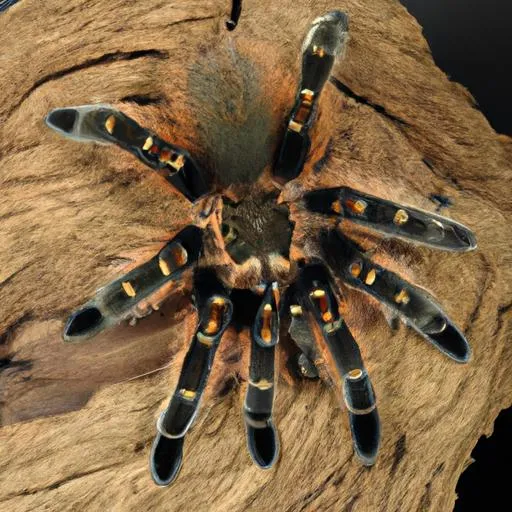
Curly hair tarantulas are relatively hardy pets, but they still have specific needs that must be met. They require a habitat that maintains a stable temperature and humidity level, provides a suitable substrate for burrowing, and offers opportunities for enrichment. Their primary needs involve a safe and secure environment that allows them to feel secure and thrive. It is essential to consider these factors when setting up their enclosure. Failure to meet these requirements could lead to stress, health issues, and even premature death.
Essential Elements of a Curly Hair Tarantula Habitat
A well-designed habitat mimics the tarantula’s natural environment and provides everything it needs to thrive. The essential elements include the right substrate, a properly sized enclosure, controlled temperature and humidity, and appropriate decor. Careful consideration of each of these factors is vital to ensure the well-being of your pet. Each element plays a crucial role in the overall health and happiness of your curly hair tarantula, creating a secure and stimulating environment.
Substrate Selection
The substrate is the foundation of your tarantula’s home. It serves multiple purposes, including providing a medium for burrowing, helping to regulate humidity, and absorbing waste. The right substrate should be safe, non-toxic, and able to hold moisture. Proper substrate selection is crucial for the health and comfort of your curly hair tarantula, as it directly impacts its ability to create a comfortable burrow and maintain proper humidity levels within the enclosure.
Ideal Substrate Types
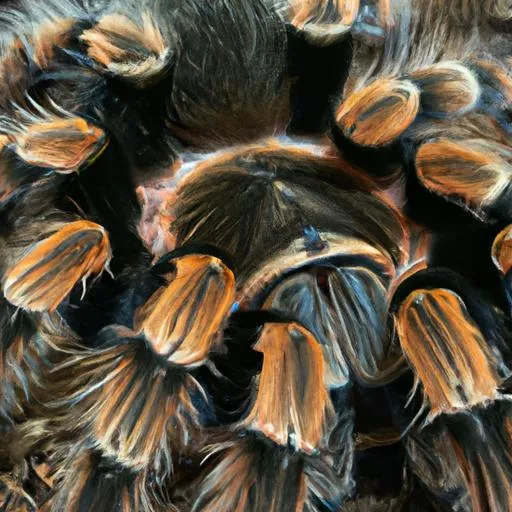
The best substrate options for curly hair tarantulas include a mix of coco fiber, peat moss, and a small amount of vermiculite. These materials retain moisture well, allowing you to maintain the necessary humidity levels. Avoid substrates like gravel or sand, which can be difficult to burrow in and may not retain moisture effectively. The correct blend of substrate is key to providing a natural and comfortable environment for your tarantula to thrive in.
Substrate Depth and Maintenance
Provide at least 4-6 inches of substrate to allow your tarantula to burrow comfortably. The depth of the substrate also helps with humidity regulation. Regularly spot-clean the substrate to remove any uneaten food or waste. The substrate should be slightly moist, not wet, and should be replaced entirely every 6-12 months, or sooner if it becomes heavily soiled. Regular maintenance and replacement is vital to prevent bacterial growth and keep the environment clean.
Enclosure Size and Type
The size of the enclosure should be appropriate for the size of your tarantula. A general rule of thumb is to provide an enclosure that is at least three times the tarantula’s leg span in width and length. The height is less critical, but it should be sufficient to allow for substrate depth and any decor you add. The right enclosure size is crucial for the well-being of your curly hair tarantula, providing enough space for movement and ensuring a stress-free environment.
Choosing the Right Enclosure
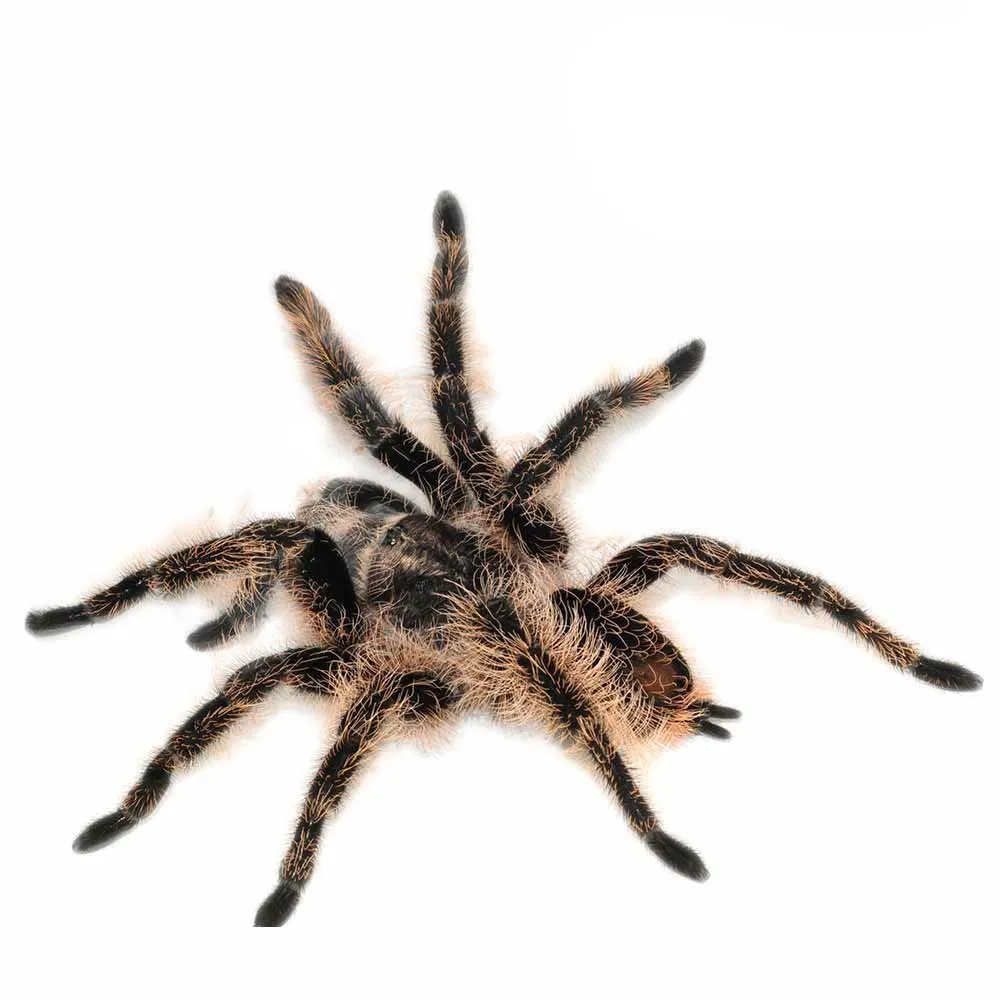
Glass or clear plastic enclosures are ideal for observation. Ensure the enclosure has a secure lid to prevent escape, as tarantulas are skilled climbers. Front-opening enclosures can be easier to access for feeding and maintenance. Ensure the enclosure is well-ventilated to prevent the buildup of mold and bacteria. Select a durable enclosure, as your tarantula may occasionally bump into the sides or attempt to burrow near the edges.
Ventilation and Security
Proper ventilation is essential to prevent the buildup of excess humidity, which can lead to mold and other health issues. Make sure the enclosure has ventilation holes or a mesh top. The lid should be secure and prevent the tarantula from escaping. Always double-check the security of the enclosure to avoid any unexpected escapes and the potential danger to both the tarantula and anyone else in your household. A secure enclosure is a safe enclosure.
Temperature and Humidity
Curly hair tarantulas thrive in a warm and humid environment. The ideal temperature range is between 75-85°F (24-29°C). Humidity levels should be maintained between 60-70%. Maintaining the correct temperature and humidity is crucial for the tarantula’s health and well-being, as it directly affects its ability to molt properly and stay active.
Maintaining Optimal Conditions
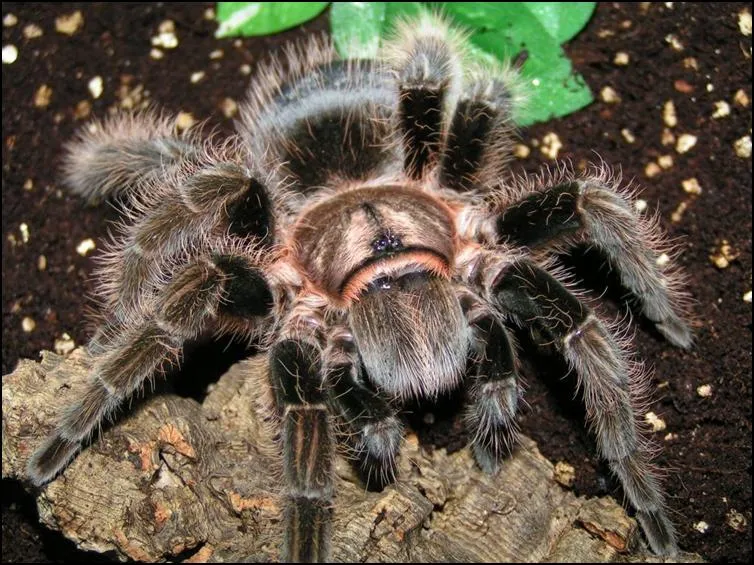
Use a thermometer and hygrometer to monitor temperature and humidity levels. A heat mat placed on the side of the enclosure can provide a gentle source of warmth, but avoid placing it directly under the enclosure, as this can cause the substrate to dry out. Mist the enclosure regularly with dechlorinated water to maintain humidity. Adjust the frequency of misting based on the humidity level, using a hygrometer to track the changes. Ensure proper airflow.
Importance of Temperature and Humidity
Improper temperature and humidity can lead to health problems, such as difficulty molting, dehydration, and even death. Low humidity can also lead to the tarantula not eating. Regularly monitor these conditions and adjust them as needed. Correct temperature and humidity promote healthy molting and overall well-being. Too much humidity can cause mold.
Decor and Enrichment
While not strictly necessary, adding decor to your tarantula’s enclosure can provide enrichment and make the habitat more visually appealing. It’s important to select decor that is safe and does not pose a risk to the tarantula. Providing suitable decor encourages natural behaviors, reducing stress and enhancing the overall well-being of your pet. It is about more than just looks; it’s about providing the tarantula with a more interesting and fulfilling environment.
Hiding Places and Climbing Structures
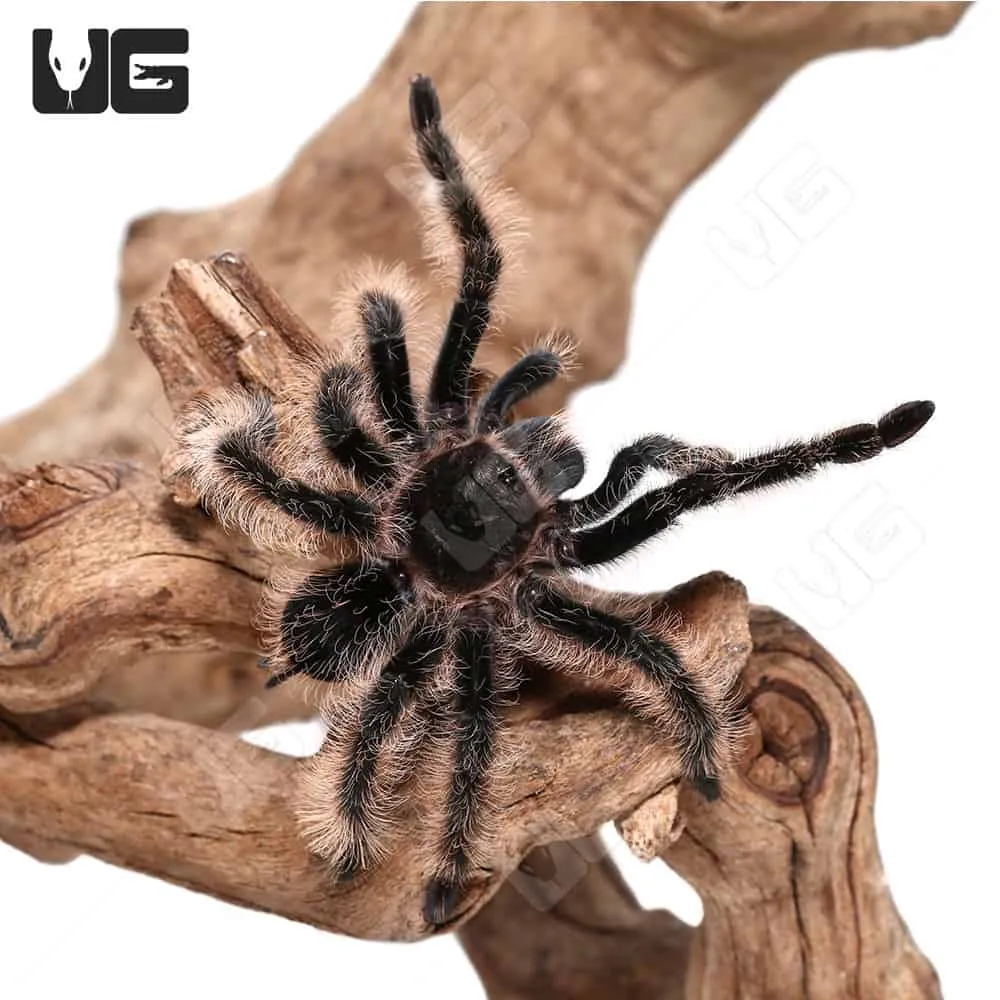
Provide a hide, such as a piece of cork bark, a half-log, or a pre-made hide, where your tarantula can retreat and feel secure. This is especially important during molting. You can also add climbing structures, such as branches or rocks, to give your tarantula more areas to explore, but ensure anything you add is not sharp or abrasive. Provide ample hiding places to reduce stress.
Providing a Water Source
Always provide a shallow water dish filled with fresh, dechlorinated water. The dish should be shallow enough to prevent drowning. Replace the water regularly, ideally every day or two, to keep it clean and prevent the growth of bacteria. Regularly monitor the water level and cleanliness of the water dish. This is crucial for hydration and overall health.
Live Plants and Decorations
You can add live plants to the enclosure to help maintain humidity and add visual interest. Choose plants that are non-toxic and safe for your tarantula, such as snake plants or pothos. Ensure the plants are securely planted and do not pose a risk of falling on the tarantula. Artificial plants are also a safe alternative. Adding plants creates a more natural environment for your tarantula.
Top 5 Habitat Mistakes to Avoid
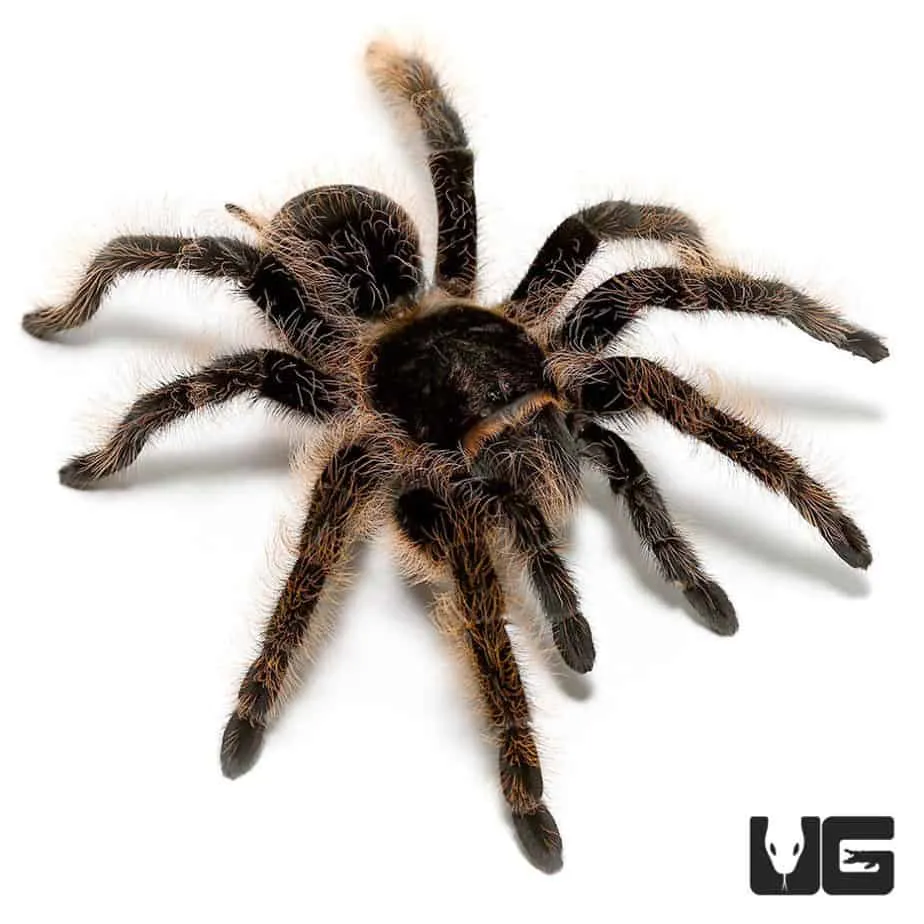
Avoiding common mistakes is crucial for creating a healthy and safe environment for your curly hair tarantula. Understanding these pitfalls will help you provide the best possible care for your pet. These mistakes can easily be avoided with a little awareness and planning. Being mindful of these issues will greatly improve the chances of your tarantula living a long and healthy life.
Overcrowding the Enclosure
Providing too much decor or placing other species in the same enclosure as a curly hair tarantula can stress it out. The enclosure should be spacious enough to accommodate the tarantula and its essential elements without being overcrowded. An overcrowded enclosure can lead to stress and aggression and can interfere with your tarantula’s ability to move freely. Ensure there is enough space for movement and the tarantula’s comfort.
Incorrect Temperature and Humidity Levels
Maintaining the proper temperature and humidity is vital. Failure to do so can lead to dehydration, molting problems, and even death. Regularly monitor these levels and make adjustments as needed. Investing in a good thermometer and hygrometer is essential. Use a heat mat cautiously.
Using Toxic Materials

Avoid using any materials in the enclosure that could be toxic to your tarantula. This includes certain types of wood, cleaning chemicals, and some types of substrate. Always research any material before you place it in the enclosure. Ensure everything you use is safe and non-toxic. Prioritize safety.
Inadequate Ventilation
Poor ventilation can lead to mold and mildew growth, which can be harmful to your tarantula. Ensure that the enclosure has adequate ventilation, typically through ventilation holes or a mesh top. Regularly inspect the enclosure for signs of mold or mildew. Good airflow is key to preventing health problems.
Neglecting Substrate Maintenance
Failing to clean or replace the substrate regularly can lead to the buildup of waste, bacteria, and mold. Spot-clean the substrate regularly and replace it entirely every 6-12 months. Proper substrate maintenance is crucial for maintaining a healthy environment for your tarantula and preventing potential health problems. A clean habitat is a happy habitat.
Conclusion
Creating a suitable habitat is essential for the health and well-being of your curly hair tarantula. By following these guidelines, you can provide a safe, comfortable, and stimulating environment that allows your pet to thrive. Remember that careful observation and attention to detail are key to successful tarantula care. By providing the right habitat, you’ll not only keep your tarantula healthy but also be rewarded with the fascinating experience of observing these amazing creatures. Enjoy the journey of tarantula ownership, and provide your pet with the best possible care!
